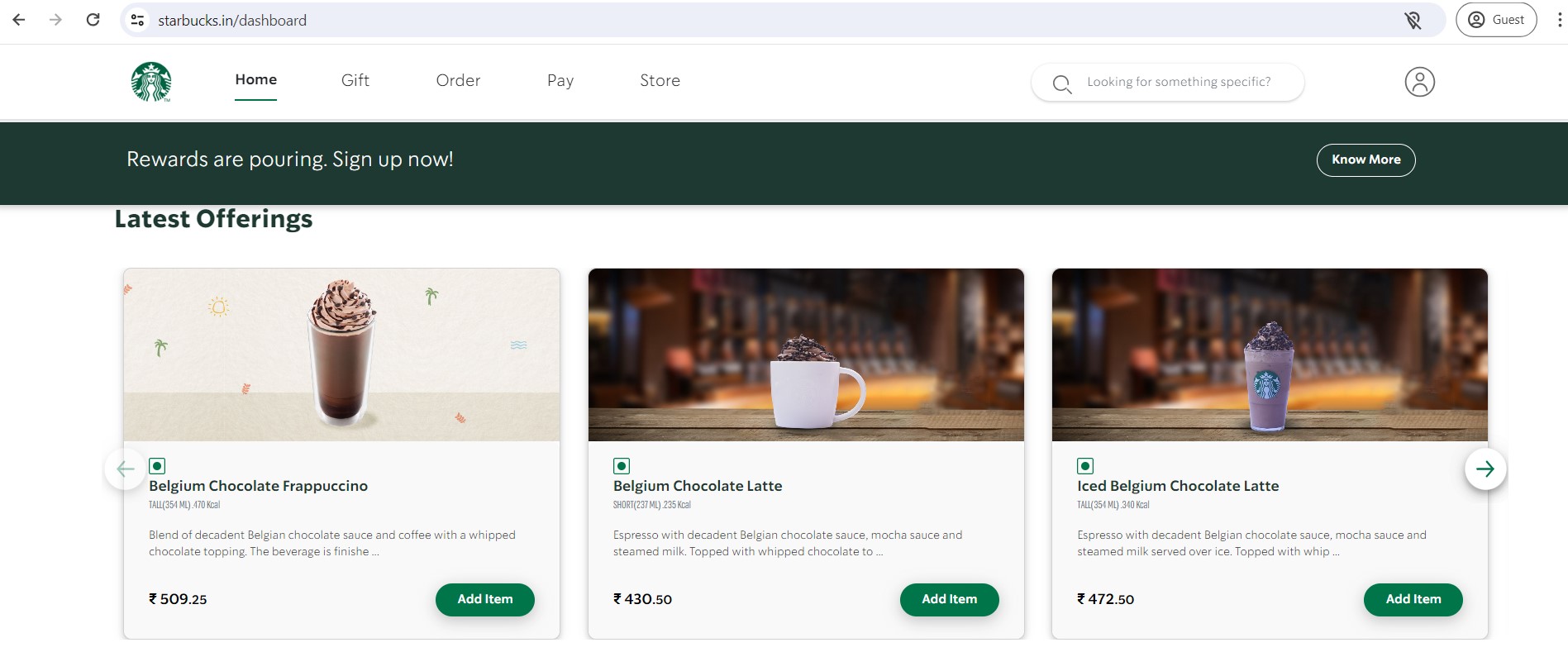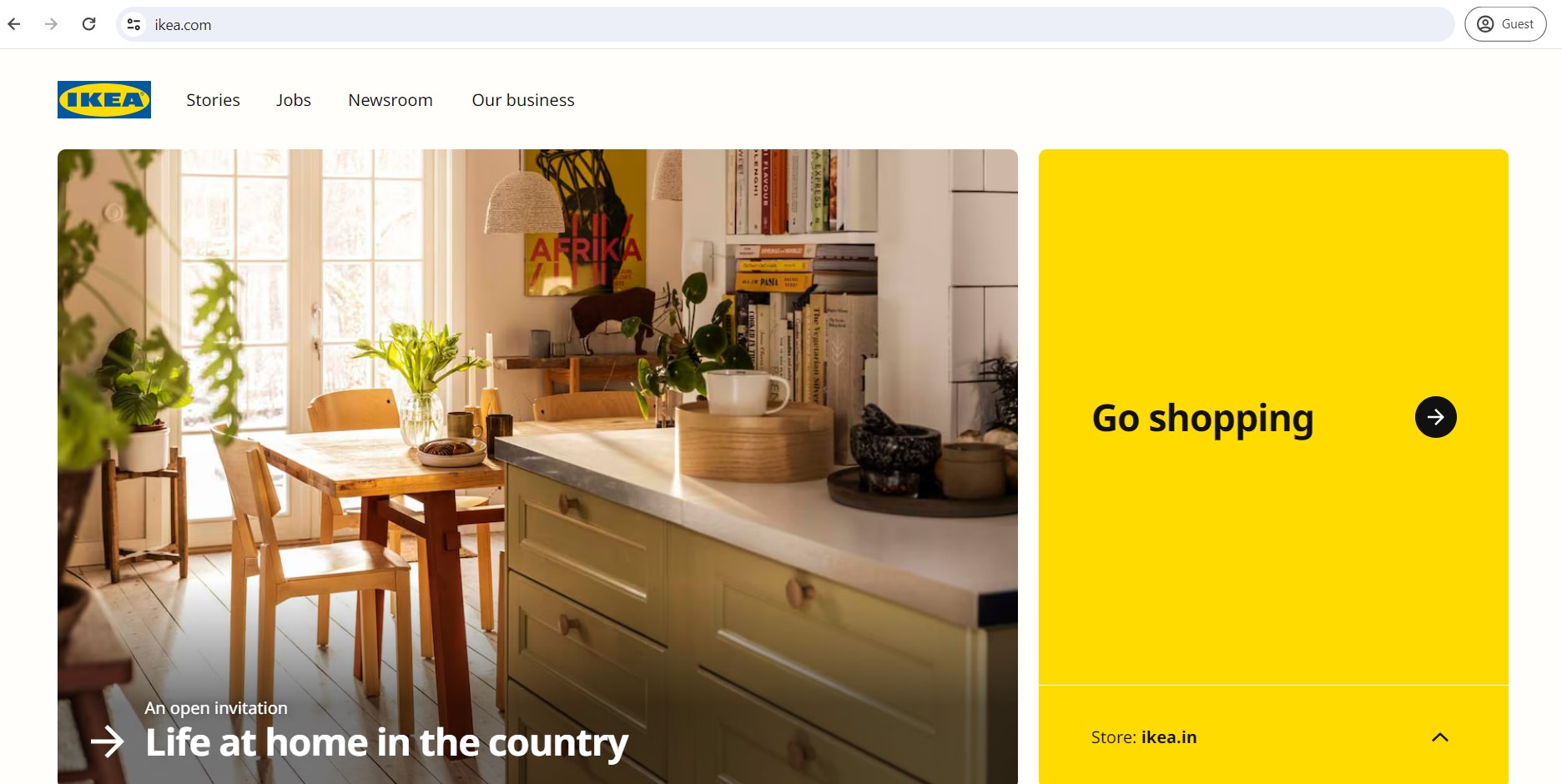A Step-by-Step Guide to Moving Your Business Online | Prism | Prism Adverto
May 29, 2024
The digital revolution has fundamentally changed how businesses operate and interact with their customers. The move from offline to online is no longer a luxury but a necessity for survival and growth in today's fast-paced, technology-driven world. This leap of faith can seem daunting, but the rewards far outweigh the challenges. This blog will explore the critical aspects of transitioning from offline to online, providing a transformative guide for businesses ready to embark on this journey.
The Changing Business Landscape
The business world is rapidly evolving, with digital transformation at the forefront of this change. The COVID-19 pandemic accelerated the shift towards online business models, as lockdowns and social distancing measures forced many traditional businesses to adapt to survive. Consumers have also embraced online shopping and services, leading to a significant increase in e-commerce and digital interactions.
The shift from offline to online also represents more than just adopting new technologies; it's a fundamental change in how businesses engage with their customers, manage their operations, and drive growth. This transformation is driven by the increasing digitization of consumer behaviours and the growing importance of online presence in influencing purchasing decisions.
Benefits of Moving Online
Increased Reach and Accessibility
One of the most significant advantages of moving online is the ability to reach a global audience. Unlike traditional businesses that is limited by geographic location, an online presence allows companies to connect with potential customers anywhere, anytime. This expanded reach can significantly boost sales and brand recognition.
Cost-Effectiveness
Transitioning to an online model can be more cost-effective than maintaining a physical storefront. Online platforms often have lower overhead costs, such as rent and utilities, and can reduce the need for a large workforce. Additionally, digital marketing strategies, like social media advertising and email campaigns, often offer a higher return on investment compared to traditional marketing methods.
Enhanced Customer Engagement
Online platforms provide numerous opportunities for businesses to engage with their customers more effectively. Through social media, email newsletters, and personalized website experiences, companies can build stronger relationships with their customers, leading to increased loyalty and repeat business. Additionally, online customer service tools, like chatbots and support forums, offer immediate assistance, improving overall customer satisfaction.
Challenges of Transitioning
1. Technological Barriers:
For many businesses, especially small and medium-sized enterprises, the transition to online can be hindered by a lack of technological expertise. Understanding and implementing the necessary digital tools and platforms can be overwhelming, requiring significant time and resources.
2.Resistance to Change:
Access to large amounts of consumer data is a significant advantage in the digital advertising landscape. Businesses can use data analytics tools to process and analyse this data, uncovering patterns and trends that can inform their marketing decisions. By understanding consumer behaviour and preferences, businesses can create more targeted and personalized marketing campaigns that are more likely to resonate with their audience.
3. Security Concerns:
Moving online also introduces new security risks, such as data breaches and cyber-attacks. Protecting sensitive customer information and ensuring the integrity of online transactions are critical concerns that businesses must address through robust cybersecurity measures.
Key Steps for a Successful Transition
1. Assessing Your Current State:
Before making the leap, it's essential to assess your current business operations and identify areas that can benefit most from going online. This includes evaluating your existing technology infrastructure, understanding your customer base, and identifying your key business objectives.
2. Developing a Comprehensive Strategy:
A well-thought-out strategy is crucial for a successful transition. This strategy should outline your goals, target audience, key performance indicators (KPIs), and the digital tools and platforms you'll use. It's also essential to consider your budget and timeline for implementation.
3. Choosing the Right Platforms:
Selecting the appropriate online platforms is critical to your success. Whether it's an e-commerce website, social media channels, or digital marketing tools, the platforms you choose should align with your business goals and target audience. It's also important to integrate these platforms to provide a seamless experience for your customers.
Real-World Example: Successful Online Transition
1. Starbucks:
Starbucks, the global coffeehouse chain, embraced digital transformation by developing a robust online presence. They launched a mobile app that allowed customers to order and pay online, earn rewards, and receive personalized offers. Starbucks’ digital strategy also included leveraging social media for marketing and customer engagement, driving increased sales and customer loyalty both online and in-store.

2. IKEA:
IKEA, the Swedish furniture retailer, enhanced its online presence by creating an easy-to-navigate website and mobile app. They offered virtual room planning tools, online ordering, and home delivery services. IKEA’s digital marketing campaigns and social media engagement further strengthened their online brand presence and customer reach.

3. L'Oreal:
L'Oreal, a leading beauty and cosmetics company, transitioned to online by creating a strong digital presence through their e-commerce site and mobile apps. They invested in digital marketing strategies, including influencer partnerships and social media campaigns, to attract and engage customers. L'Oreal’s focus on personalized online experiences and virtual try-on tools helped them expand their market reach.

These examples illustrate how traditional businesses can successfully transition from offline to online, leveraging digital platforms to reach broader audiences, enhance customer experiences, and drive growth. We should also note that shifting the business from offline to online isn’t a day process. It takes a well-structured plan, meticulous execution, and continuous adaptation to achieve success.
Here’s a detailed roadmap to help guide businesses through this transformative journey:
1. Assessing Your Business Needs
Evaluate Your Current Business Model:
Before making the transition, it’s crucial to assess your existing business operations. Identify what works well in your offline model and what needs improvement. Understanding your strengths and weaknesses will help you make informed decisions about your online strategy.
Define Clear Objectives:
Set specific, measurable, achievable, relevant, and time-bound (SMART) goals for your online transition. Whether it’s increasing sales, expanding market reach, or improving customer engagement, having clear objectives will guide your efforts and help you measure success.
2. Building a Robust Online Presence
Develop a User-Friendly Website:
Your website is the cornerstone of your online presence. It should be easy to navigate, visually appealing, and optimized for both desktop and mobile devices and also incorporating essential features such as product catalogues, shopping carts, secure payment gateways, and customer support. Investing in a professional web design can make a significant difference in attracting and retaining customers.
Leverage SEO and Content Marketing:
Search engine optimization (SEO) is critical for ensuring your website ranks well on search engines like Google and Bing. By optimizing your content with relevant keywords, improving site speed, and building quality backlinks, you can increase your visibility and attract organic traffic.
3.Utilize E-Commerce Platforms
Choose the Right Platform:
Selecting the appropriate e-commerce platform is critical for a smooth online transition. Platforms like Shopify, WooCommerce, BigCommerce and Magento offer various features and integrations to support your online store. Evaluate their capabilities and choose one that aligns with your business needs and growth plans.
Integrate Payment and Shipping Solutions:
Offer multiple payment options to cater to diverse customer preferences. Integrate reliable payment gateways such as PayPal, & Stripe etc. Additionally, partner with trusted shipping providers to ensure timely and efficient delivery of products.
4. Digital Marketing Strategies
Social Media Marketing:
Leverage social media platforms to reach and engage with your target audience. Create compelling content, run targeted ads, and interact with your followers to build a strong online community. Platforms like Facebook, Instagram, X (Twitter), and LinkedIn offer diverse opportunities for brand promotion and customer engagement.
Email Marketing:
Email marketing remains one of the most effective digital marketing channels. Build an email list and send personalized, value-driven content to your subscribers. Use email campaigns to promote products, share updates, and nurture customer relationships.
Pay-Per-Click (PPC) Advertising:
Invest in PPC advertising to drive immediate traffic to your website. Platforms like Google Ads and Facebook Ads allow you to create targeted campaigns based on demographics, interests, and behaviours. Monitor and optimize your ads to ensure maximum return on investment (ROI).
5. Customer Experience and Support
Implement Live Chat and Chatbots:
Providing real-time support through live chat or chatbots can enhance customer satisfaction and increase conversions. Address customer queries promptly and offer personalized assistance to create a positive shopping experience.
Collect and Analyse Customer Feedback:
Regularly gather feedback from your customers to understand their preferences and pain points. Use this information to improve your products, services, and overall customer experience. Tools like surveys, reviews, and social media interactions can provide valuable insights.
6. Monitoring and Analytics
Track Key Performance Indicators (KPIs):
Monitor essential KPIs such as website traffic, conversion rates, average order value, and customer acquisition cost. Use analytics tools like Google Analytics to gain insights into your online performance and identify areas for improvement.
Customer Relationship Management (CRM) Systems:
CRM systems like Zoho, Salesforce etc, help businesses manage customer interactions and data throughout the customer lifecycle. These systems enable businesses to provide personalized customer experiences, improve customer service, and drive sales growth.
Continuous Improvement:
The digital landscape is constantly evolving, and staying ahead requires continuous adaptation. Regularly update your website, refine your marketing strategies, and embrace new technologies to remain competitive and meet changing customer expectations.
Partnering with Prism Adverto for Your Online Transition:
The leap from offline to online is a significant but necessary step for businesses looking to thrive in today's digital age. By embracing this transition, companies can unlock new growth opportunities, reach a broader audience, and enhance customer engagement. While the journey may present challenges, the benefits far outweigh the risks.
At Prism Adverto, we specialize in helping businesses navigate the complexities of moving from offline to online. Our comprehensive brand consulting services are designed to provide the expertise and support needed to ensure a smooth and successful transition. From developing a robust digital strategy to selecting the right platforms and tools, we are your go-to partner for all your digital transformation needs.
Transform your Brand Online
Reach us to know more
